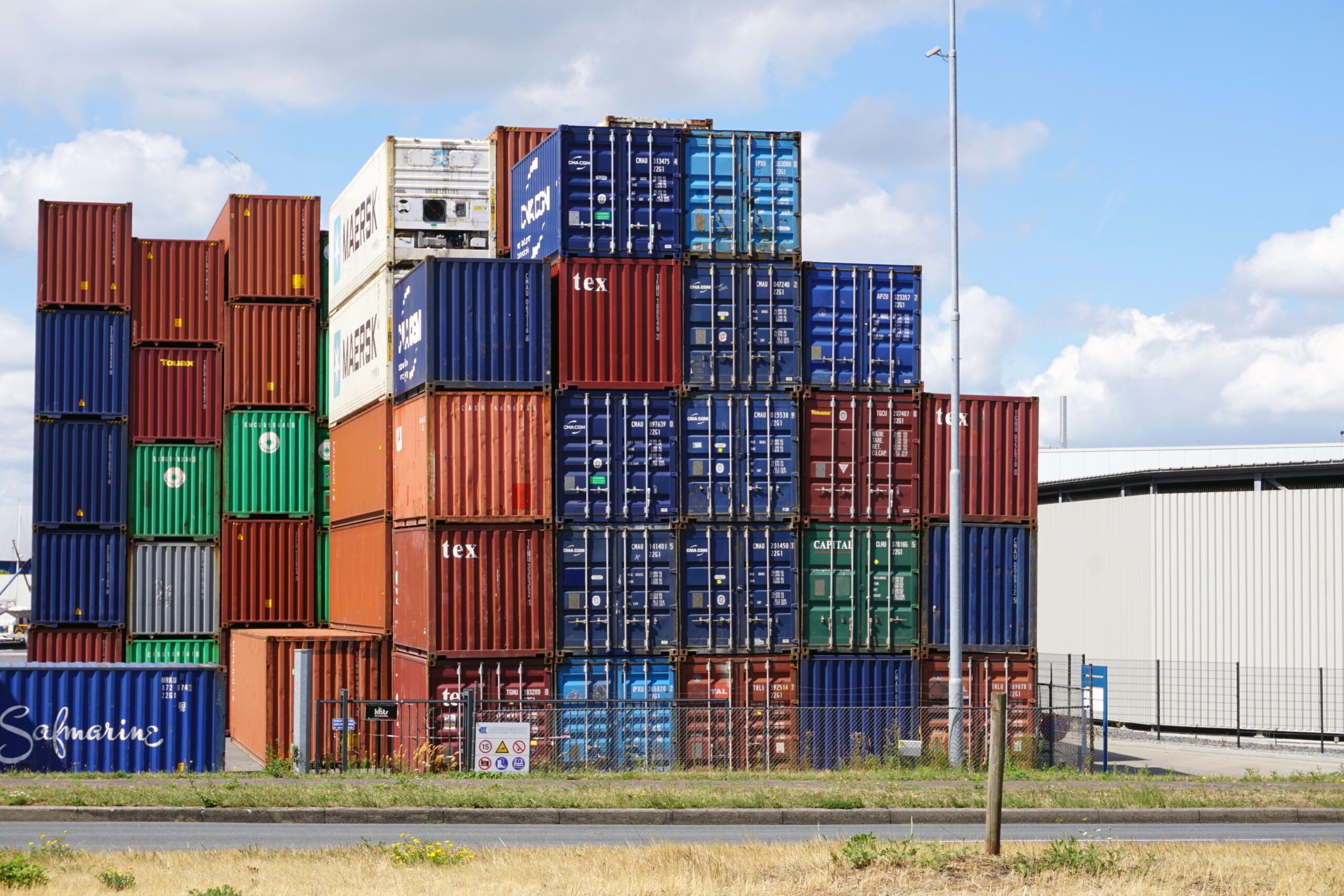When running an inventory-based business, smooth and speedy order fulfillment is essential to your operations and customer satisfaction. If you have a smaller business, or if your business is just getting started, this might seem straightforward enough. However, in the fast-paced world of inventory management, order fulfillment can quickly become chaotic. The good news is that there’s a strategy you can use to ensure the effective and timely flow of goods: order prioritization.
Order prioritization is the systematic approach to deciding which orders to fulfill first, based on a variety of factors. It’s not just about getting products out the door as quickly as possible but doing so in a way that maximizes customer satisfaction, resource use, and business outcomes.
Effective order prioritization can be a game-changer: it can help you move inventory efficiently, keep your warehouse organized, and contribute to a positive customer experience. Here’s everything you need to know about order prioritization, including how to implement it in your inventory-based organization.
Why Order Prioritization Matters
Inventory management is a complex behemoth, and requires the collaboration and coordination of many people, systems, processes, and business units. Without proper guidance, inventory management can quickly become hectic and disorganized, which can negatively impact both your business and the customer experience. However, order prioritization can act as a blueprint for consistent, efficient inventory management, which allows you to fulfill orders seamlessly.
Keep in mind that customers today prioritize businesses with shipping times that meet their needs: data shows us that 95% of consumers will shop somewhere else if a store doesn’t offer the desired delivery option, and that more than half of customers have canceled or abandoned a purchase because delivery was too slow.
A well-defined order prioritization process can help your business increase fulfillment speed and efficiency. That’s because order prioritization can help streamline the picking and packing process, can reduce timelines, and keep your warehouse running smoothly.
Other potential benefits of effective order prioritization include:
- Improved inventory management: Order prioritization contributes to an overall efficient warehouse, and it can help avoid delivery delays and disorganization. Plus, order prioritization requires you to understand your stock levels and to accurately demand plan, which can lead to overall better control of your stock, helping you prevent overstocking and stockouts.
- Higher customer satisfaction: Shipping delays can frustrate customers, which can ultimately impact the customer experience and damage your brand’s reputation. Order prioritization helps ensure timely deliveries, which can translate to happier customers and a positive brand reputation.
- Increased profitability: Order prioritization requires the strategic allocation of resources and can save time and labor costs, leading to enhanced profitability.
Considerations for Order Prioritization
Order prioritization is not cut-and-dry, and there are different factors to take into consideration when determining which strategy will best suit your business needs.
Factors to consider for order prioritization might include:
- Urgency: This includes orders such as rush orders, time-sensitive shipments, and orders with specific deadlines.
- Order value: High-value orders that significantly impact revenue might take priority, and fulfilling these first might ensure a quicker return on investment and can free up resources for smaller orders later.
- Customer type: Loyal, high-value, or other “VIP” customers might get priority fulfillment, especially for time-sensitive needs.
- Stock availability: Prioritizing orders based on readily available inventory can help prevent delays and backorders.
- Shipping distance: Prioritizing orders within a specific delivery zone can lead to more efficient order delivery.
Types of Order Prioritization
There are several different common order prioritization methods that you can use in your business.
These include:
- First In, First Out (FIFO): FIFO prioritization means fulfilling orders in the sequence they were received, resulting in the deliveries that were ordered first being fulfilled first. This method is straightforward and can work well in many situations, particularly when inventory has relatively stable demand and involves non-perishable goods. By processing orders as they come in, businesses can maintain a steady workflow and avoid backlogs.
- Processing Time: This method addresses orders based on how long they take to complete. Orders that can be fulfilled the quickest will take priority over slower orders.
- Earliest Due Date: This method is relevant if you’re offering certain delivery promises, and directs you to prioritize orders which are due the soonest.
- Customer Priority: In some cases, your business might choose to prioritize orders based on the customer. High-value customers, frequent buyers, or long-term customers might have their orders expedited to enhance their experience and maintain their loyalty.
- Order Value Priority: With this method, orders with higher value are prioritized and processed first. This can help ensure critical transactions are completed quickly, which can lead to enhanced cash flow and ensure that high-margin sales opportunities are closed.
How to Implement Order Prioritization in Your Organization
Your business can choose one order prioritization method, or it can choose a combination of methods to best suit your needs. Whichever method you decide on, here are tips to keep in mind when it comes to implementing order prioritization in your organization:
1. Know which factors to consider for effective prioritization
There are several key factors that will likely dictate which order prioritization method is right for you. Some things to keep in mind include:
- Order deadlines: The importance of meeting specific deadlines for certain orders.
- Customer status: Giving priority to high-value or repeat customers.
- Product shelf life: Prioritizing time-sensitive or perishable items.
- Inventory levels: Taking current stock levels into account.
2. Take advantage of automated systems
Supply chain technology can vastly improve the order prioritization process, and can significantly enhance efficiency and accuracy. For example, automated systems can quickly analyze incoming orders and prioritize them based on pre-set criteria (such as order date, customer status, or product expiration). These systems can reduce the risk of human error, and ensure consistency.
3. Use real-time tracking and inventory analytics
Real-time tracking and inventory analytics can help businesses monitor the status of orders as they move through the fulfillment process. This visibility and data lets decision-makers monitor how inventory is moving and allows for dynamic adjustments to prioritization to be made as needed, such as re-prioritizing delayed orders or expediting high-priority orders.
4. Take demand planning into account
Demand planning and order prioritization work hand-in-hand, so it’s important to have accurate and actionable demand planning systems in place. For example, if you anticipate that there’s going to be a seasonal surge in orders, you can stock those items accordingly, and then look to expedite shipping, to avoid delays and stockouts during the fulfillment process.
5. Train employees on prioritization best practices
All of your team members need to understand the importance of order prioritization, and how to implement it effectively. With that in mind, be sure to equip your employees with the necessary knowledge and protocols for order prioritization, including which order prioritization processes they should follow (and in what scenarios), and how they should execute them.
Order prioritization can make a huge difference in your warehouse and operations, and also in the customer experience. When deployed properly, order prioritization allows you to move inventory quickly, meet customer demands, and ensure your warehouse is operating at peak efficiency.
StockIQ: Your Partner in Inventory Management
Order prioritization is only one piece of the inventory management puzzle. If you want to have maximum control over your inventory, simplify ordering, and improve forecasting, then StockIQ’s user-friendly supply chain management software is what you’re looking for. StockIQ can help you streamline your supply chain management by boosting operational efficiency, improving forecast accuracy, and simplifying your strategic planning.
Find out what StockIQ can do for your business by contacting us today or requesting a StockIQ demo.

